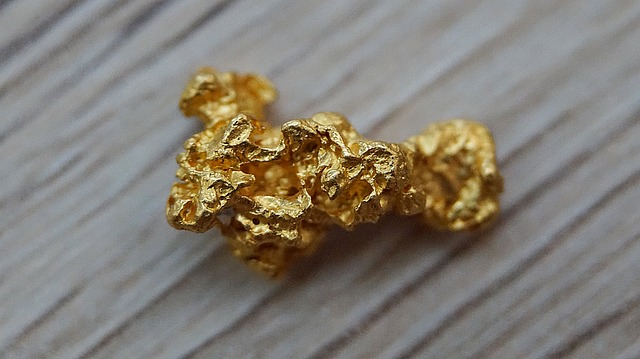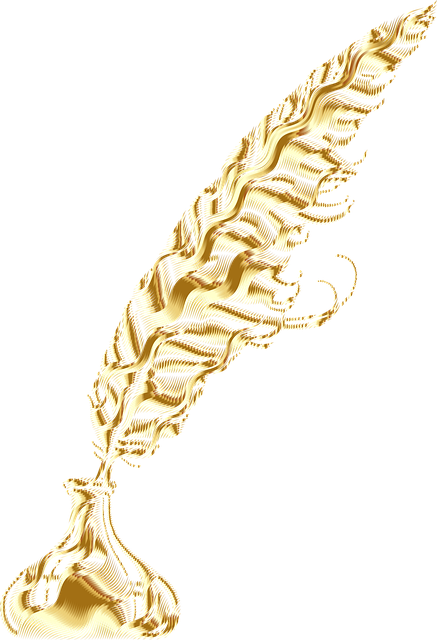To include gold in a retirement portfolio through a Roth IRA, one must open a self-directed Roth IRA that allows for investments in physical gold, silver, platinum, and palladium as well as traditional financial instruments. This requires selecting a custodian adept at handling self-directed IRAs and familiar with IRS regulations, and a reputable dealer of IRS-approved precious metals meeting specific purity standards. Investors must adhere to contribution limits and reporting requirements to maintain the tax advantages of the Roth IRA. The IRS has detailed criteria for investing in gold within a Roth IRA, including purity levels for bullion (.995 fineness) and coins or bars (.999 fineness), and mandates that these metals be held by an IRS-approved custodian. Due to the intricate nature of these investments, it is recommended to consult with a tax professional or financial advisor who specializes in self-directed IRAs and precious metal investments to avoid penalties and maximize tax benefits. Choosing a knowledgeable trustee for managing the investment within the Roth IRA framework is crucial, as they will ensure compliance with all IRS rules and regulations concerning contributions, conversions, RMDs, and prohibited transactions.
Exploring the transition of a Roth IRA into a golden portfolio, our article elucidates the step-by-step process for integrating physical gold into your retirement savings. From setting up a self-directed Roth IRA tailored for precious metals to adhering to IRS regulations, we guide you through selecting a specialized trustee and acquiring eligible gold assets. This financial diversification strategy extends beyond conventional stocks and bonds, offering a unique approach to safeguarding your future wealth. Join us as we navigate the nuances of investing in gold within your Roth IRA, ensuring a well-rounded investment portfolio for your retirement years.
- Setting Up a Self-Directed Roth IRA for Gold Investments
- IRS Rules Governing Roth IRA Conversions to Precious Metals
- Choosing a Trustee Specializing in Physical Gold and Precious Metals
- Selecting and Purchasing Eligible Gold for Your Roth IRA
- Maintaining and Diversifying Your Roth IRA Precious Metal Holdings
Setting Up a Self-Directed Roth IRA for Gold Investments

To initiate the process of investing in gold through a Roth IRA, individuals must first set up a self-directed Roth IRA. This unique account type diverges from conventional brokerage IRAs by offering the autonomy to invest in alternative assets such as physical gold, silver, platinum, and palladium, in addition to traditional securities like stocks and bonds. Establishing this account requires selecting a custodian that specializes in self-directed IRAs and is equipped to handle non-traditional investments. The chosen custodian will guide you through the setup process, including establishing the account with the Internal Revenue Service (IRS), ensuring compliance with IRS rules and regulations regarding self-directed IRAs. Once the account is set up, investors can allocate funds to purchase approved precious metals. It’s imperative to work with reputable dealers who comply with IRS standards for IRA-eligible gold investments, ensuring that the purity and quality of the metal meet the necessary criteria. Investors must also adhere to contribution limits and reporting requirements specific to Roth IRAs to maintain the tax advantages associated with this investment vehicle.
IRS Rules Governing Roth IRA Conversions to Precious Metals

According to the Internal Revenue Service (IRS), converting a Roth IRA to gold or other precious metals is subject to strict guidelines. The IRS stipulates that the precious metals must meet certain purity standards to be eligible for inclusion in a Roth IRA. Specifically, the metals must be of .995 fineness for bullion products and .999 fineness for coins or bars. The IRS also mandates that these metals must be held by an IRS-approved custodian or trustee to maintain their status within the Roth IRA framework. This ensures that the investment adheres to the rules set forth for retirement accounts, and it safeguards the tax benefits associated with a Roth IRA.
Furthermore, once a Roth IRA has been converted to hold physical gold or other approved precious metals, the account holder must comply with all applicable IRS rules regarding contributions, conversions, required minimum distributions (RMDs), and prohibited transactions. The IRS provides detailed guidelines on how these assets can be acquired and transferred, including restrictions on certain types of precious metal investments, such as collectibles, to preserve the integrity of retirement savings within this unique account type. It is imperative for investors to consult with a tax professional or financial advisor well-versed in these rules to navigate the process correctly and avoid any penalties or loss of tax benefits.
Choosing a Trustee Specializing in Physical Gold and Precious Metals

When considering the conversion of a Roth IRA to gold, it is imperative to select a trustee with expertise in physical gold and precious metals. This specialized knowledge ensures compliance with the Internal Revenue Service (IRS) regulations regarding IRA investments in tangible assets. The trustee you choose will be responsible for managing your investment in gold within the IRA framework, guiding you through the acceptable types of gold that can be held, such as coins and bullion, and ensuring that these assets are stored securely in a manner approved by the IRS. It is crucial to partner with a trustee who has a proven track record in this niche market, as they will facilitate the purchase, custody, and reporting of your gold holdings within the tax-advantaged context of your Roth IRA. Their expertise will be instrumental in navigating the specific rules that govern such investments, including purity standards, storage requirements, and prohibitions against certain types of transactions to maintain the integrity of your retirement savings account. By selecting a trustee with a specialization in physical gold and precious metals, you can confidently proceed with the conversion process, knowing that your investment is being handled by a professional well-versed in the intricacies of this unique type of IRA investment.
Selecting and Purchasing Eligible Gold for Your Roth IRA

Once you have set up a self-directed Roth IRA that permits investment in physical gold and other precious metals, the next step is to select eligible gold for your portfolio. The Internal Revenue Service (IRS) imposes strict guidelines on what constitutes permissible gold for IRA investments. To comply with these regulations, investors should acquire gold coins or bars that are recognized by the IRS and meet certain purity standards—typically 99.9% purity for coins and 99.5% purity for bullion.
Reputable dealers specializing in IRA-approved precious metals can guide you through the selection process. These dealers will facilitate the purchase of gold that is stored in an IRS-approved depository to maintain the tax-advantaged status of your Roth IRA. It’s crucial to conduct thorough due diligence on both the dealer and the depository to ensure the security, integrity, and compliance of your investment. Upon selection, the purchase process is straightforward: you will transfer funds from your Roth IRA to the dealer, who will then arrange for the gold to be delivered to the custodial depository on your behalf. Regularly reviewing your holdings and staying informed about market conditions and regulatory changes are key to maintaining a compliant and effective Roth IRA investment in gold.
Maintaining and Diversifying Your Roth IRA Precious Metal Holdings

